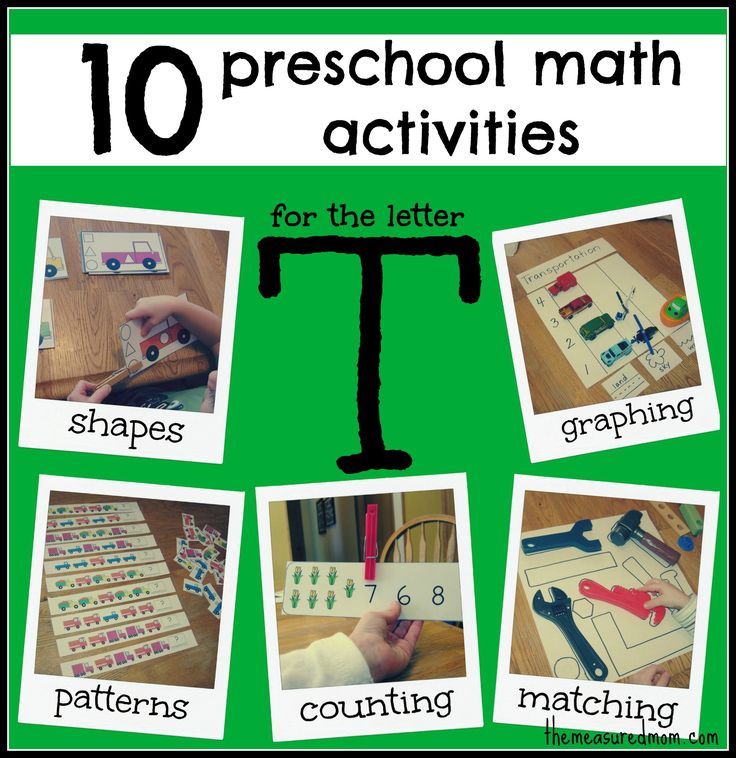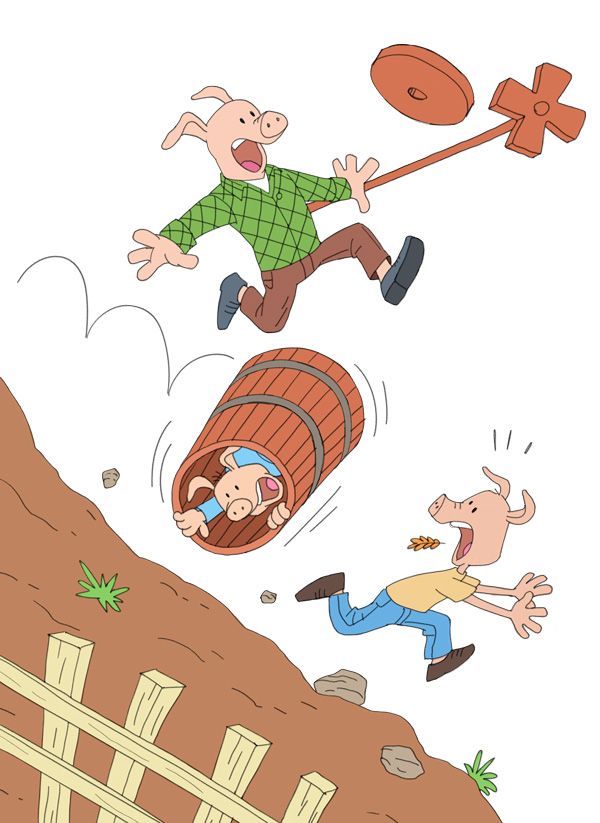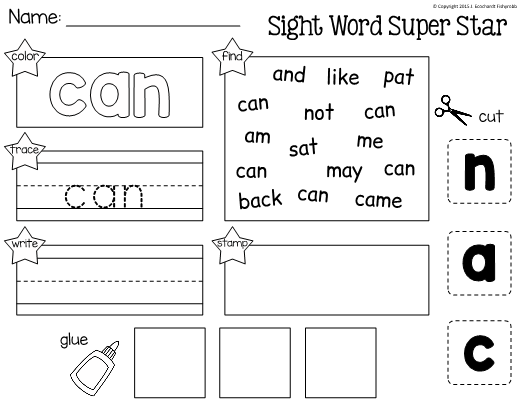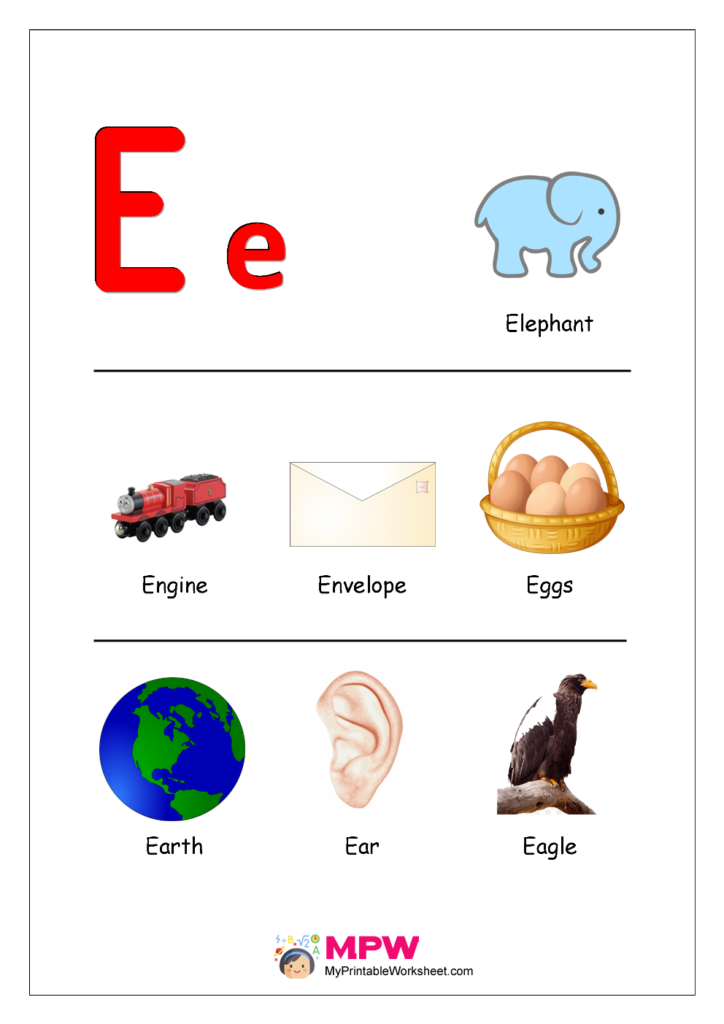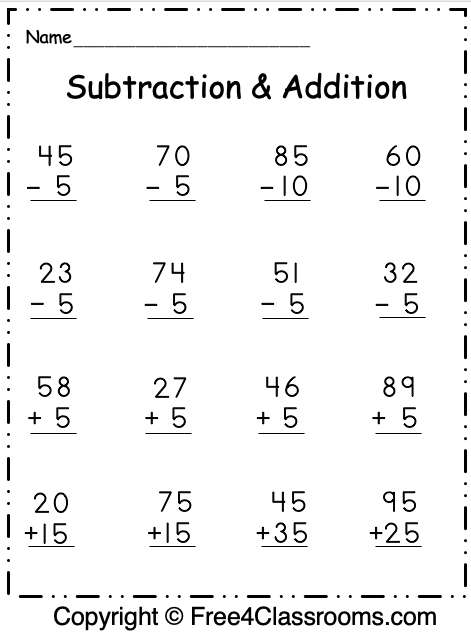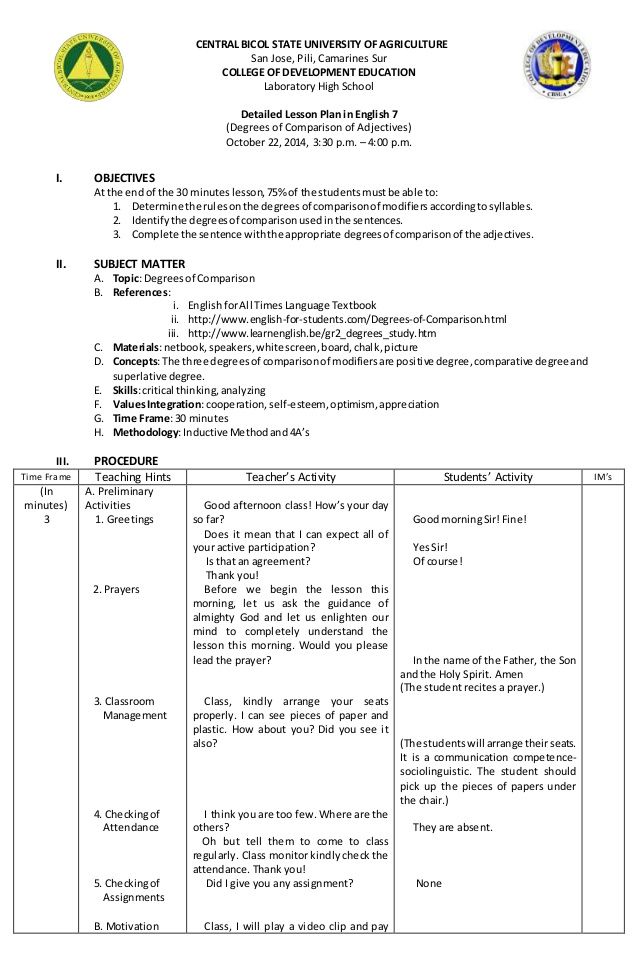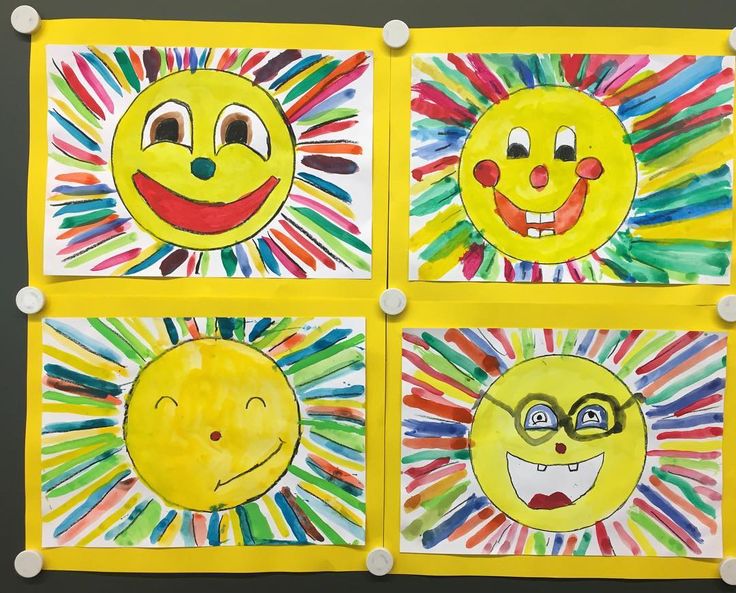Preschool mathematics activities
Hands-On Math Activities for Preschoolers
Disclosure: This post contains affiliate links to Amazon. See my disclosure policy for details.
Math is so fun to teach to preschoolers because there are a lot of daily activities that incorporate math. Preschoolers don’t need worksheets for math…they should learn through play and hands-on activities.
1. Patterns with Bears
Counting Bears are a great math manipulative to use with preschoolers. You can sort, count, or use them with patterns.
I created some pattern cards to help with this. The first page is an AB pattern, meaning two colors alternate in the pattern. The second page is an ABC pattern, meaning three are three colors in the pattern. For this activity, your preschooler will set the colored bear on top of the matching color to create a pattern. On the ABC pattern cards, the last circle is left empty. That is for your child to tell you what color it should be.
You can get the color patterns printable at the bottom of this post.
Math Skill: Patterns and Relationships
You can find more pattern activities here.
2. Sorting Colors with Bears
Sorting is a skill preschoolers should work on a lot. One way to sort is by color. We do this with our counting bears and a sorting mat.
You can get the sorting mat printable at the bottom of this post.
You can even use colored tape and pom poms to practice sorting! Add in some tweezers for some extra fine motor practice.
We also love counting mats! These are great for learning to count and working on one-to-one correspondence.
Math Skill: Patterns and Relationships
3. Money Muncher
A fun way to work on sorting is with the Money Muncher! It’s also a great activity for fine motor skills. To see all the fun details, click here.
Math Skill: Patterns and Relationships
4. Sorting Jelly Beans
Anytime we work with candy, my kids love it! You can sort M&Ms or jelly beans or whatever! To see how we did this with jelly beans, click here.
You can get the jelly bean sorting printable at the bottom of this post.
One more idea for sorting is by using toy animals. Have them sort by different characteristics, such as land animals and sea animals.
Math Skill: Patterns and Relationships
5. Graphing
Graphing is always good to introduce to preschoolers. It doesn’t have to be complex, but you can do a simple activity like graphing the types of transportation on a bar graph and use small pictures or toys (or I used erasers from The Dollar Tree).
Make graphing hands-on using apples! Even young preschoolers can begin learning about graphing with this activity.
Check out this free gumball graphing activity right here.
Math Skill: Patterns and Relationships
6. Shape Wheel
This is a fun activity for learning shapes! Just print this shape wheel and draw the same colored shapes onto clothespins.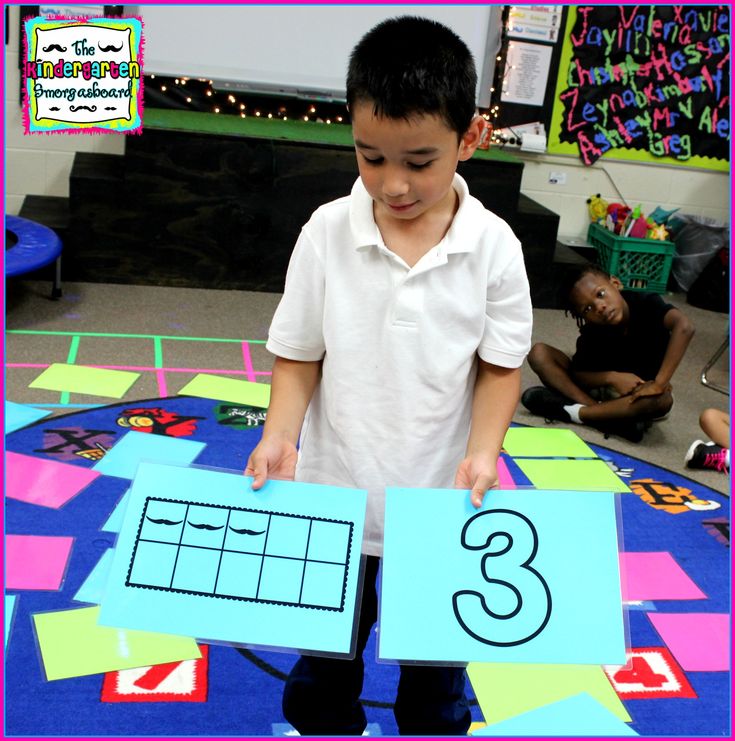 Have your child match the clothespin to the shape on the wheel. This is great for working on fine motor skills!
Have your child match the clothespin to the shape on the wheel. This is great for working on fine motor skills!
You can get the shape wheel printable at the bottom of this post.
Math Skill: Geometry
7. Shape Sorter
An easy way to practice shapes is with a Shape Sorter! I bought these shapes at Michaels Craft Store many years ago, but these 3D geometric shapes would be a good option if you’re interested in creating a Shape Sorter. Check out this post for details on how to make this easy math activity.
Math Skill: Geometry
8. Noodle Shape Cards
A neat sensory activity and a fun way to learn shapes are with noodles! See the post here to download the free shape cards.
Math Skill: Geometry
9. Foam Sticks
Learn shapes in the tub with these foam sticks! You can see how we did this here.
Another fun way to practice shapes is with the cookie shapes matching activity!
And my favorite way to teach about shapes is with my shape rhymes!
10.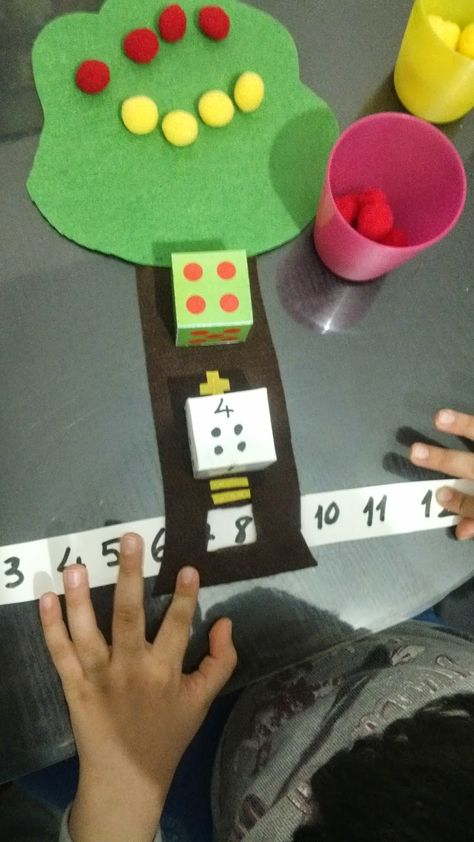 Dice Game
Dice Game
This is a really fun game! I took this Melissa & Doug wooden toy and put white circle stickers on the top of the pegs. I wrote numbers 1-6 and had 2 stars. I had my son roll the dice and whatever number it landed on, he would pound with a toy hammer. If the number he rolled was already down, he hit the star. Not only was this fun for him, but he was able to “subitize”, which simply means to recognize numbers instantly without counting the dots.
Math Skill: Number Concepts
11. Star Number Cards
Practice counting and recognizing numbers with star number cards. This one is great for working on one-to-one correspondence and fine motor skills.
You can get the star number printable cards at the bottom of this post.
Math Skill: Number Concepts
12. Ladybug Math
We made these adorable ladybugs and they were a hit! Not only were they fun to play with, but we did a lot of counting and sorting with them.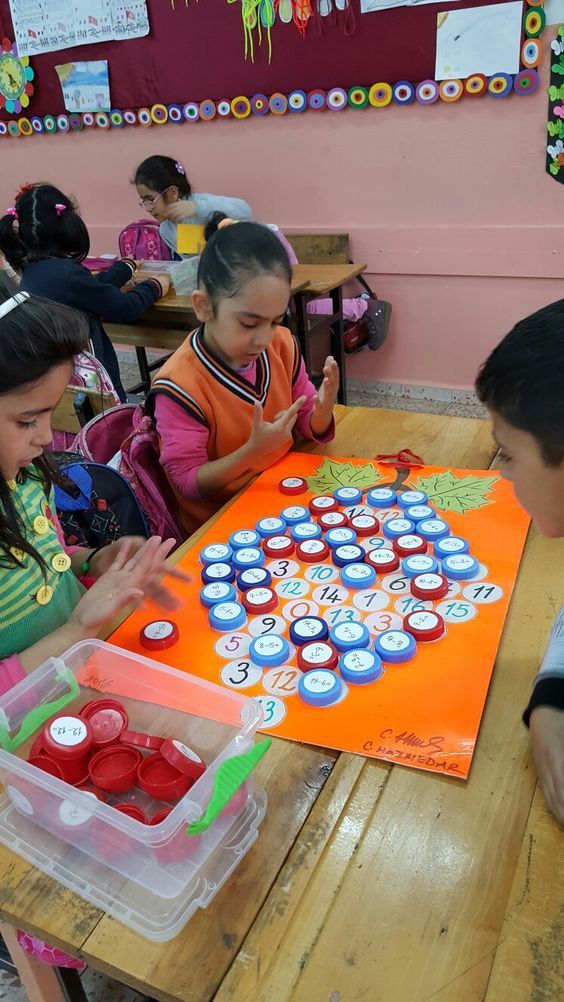 Read all about it here.
Read all about it here.
Math Skill: Number Concepts
13. Balloons
Learn the order of numbers with this really fun game involving balloons! Check out the details here.
Math Skill: Number Concepts
14. Estimating with Water
We learned about estimation with a dropper with some fun, hands-on water activities.
Math Skill: Measurement
15. Pouring and Comparing
We practiced pouring skills with rice into these beakers. Then I had my son line them up from biggest to smallest. Using comparative words like big/small or empty/full help teach preschoolers about simple concepts of measurement. This is simple and you could elaborate on this activity.
One more easy way to practice measurement is with Unifix cubes. Place different lengths of tape on the floor or poster board. Then have your child use Unifix cubes to measure the lines.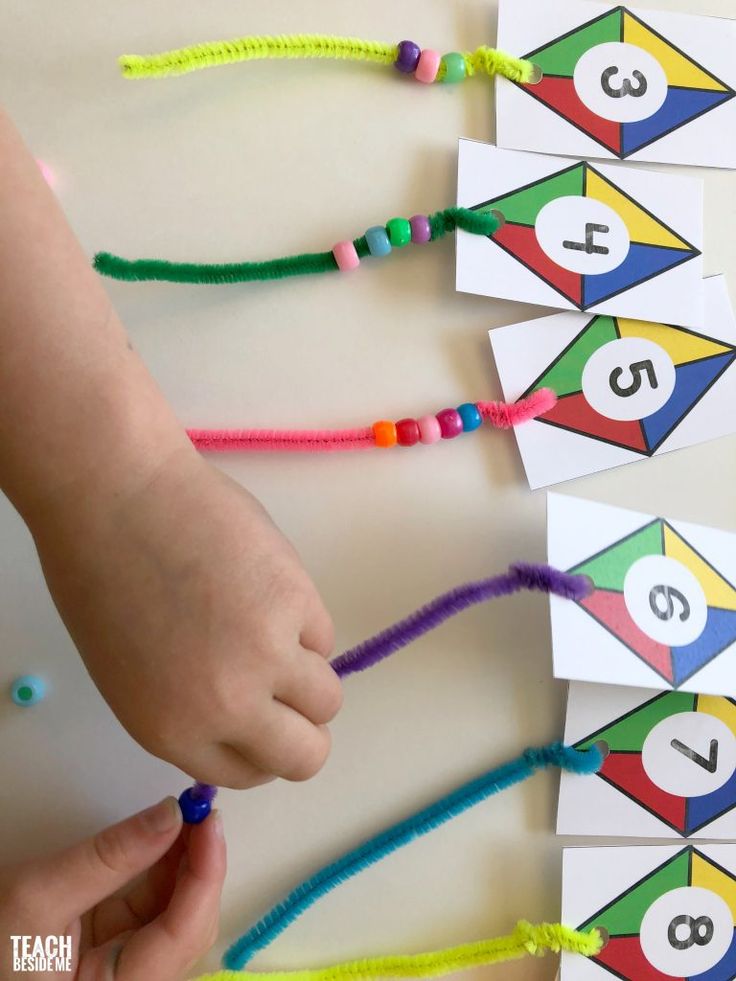 This is a simple way to practice counting, measuring, and comparing lengths.
This is a simple way to practice counting, measuring, and comparing lengths.
Math Skill: Measurement
Lastly, check out this really easy and fun way to practice counting!
If you’re looking for digital math activities, make sure to check out my counting activities using Google Slides.
If you’d like to download the 5 free printables I shared in this blog post, just click on the button below!
Preschool Math Activities that are Super Fun!
If you are looking for preschool math activities then you're in luck! I gathered my favorite hands-on math activities and math center ideas for preschool and I am sharing them here!
Math skills are so important and finding playful and engaging ways to teach those skills to preschoolers is crucial. Whether you teach math to a classroom full of preschoolers or homeschool one or two at home, it's important to use hands-on math experiences.
This is a list of the best preschool math activities that I could find! I hope they will be super helpful to you.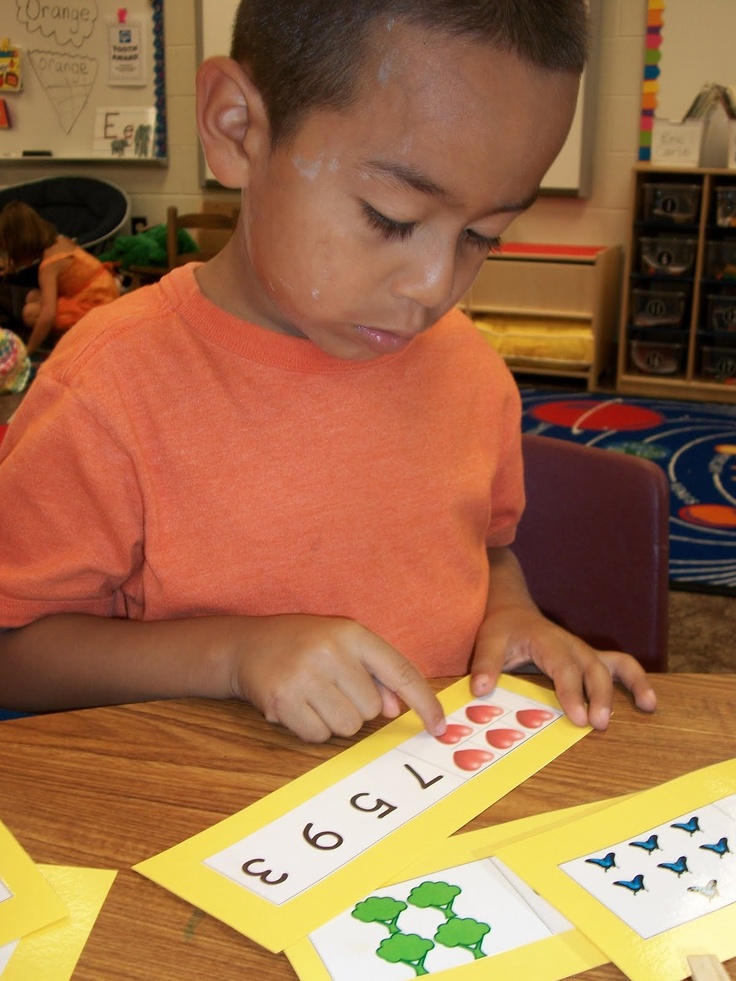
Hands-On Preschool Math Activities
1. Roll and Dot the Number is a quick preschool math game that will teach kids to identify numbers and count while learning one to one correspondence! It is one of our favorite preschool math activities!
2. This Build and Measure Block Center is such a neat way for kids to explore measurement!
3. These Counting Bears Number Strips are a hands-on way for toddlers and preschoolers to learn numbers, counting and even colors.
4. These Tree Play Dough Numbers Mats are a great way to work on a number of math skills including counting to 10!
5. Work on color recognition and sorting with these Button Sorting Cups.
6. This Simple Fine Motor Counting Math Tray is super easy to set up and provides excellent fine motor practice too.
7. Grab your craft sticks and make these Colors and Patterns craft sticks for your math center!
8. Teaching Symmetry to Preschoolers with LEGO DUPLO is perfect for teaching symmetry to preschoolers and young kids.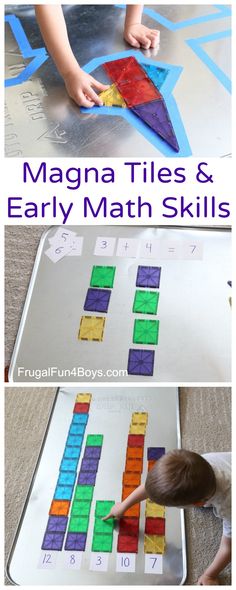
9. Your kids will have a blast learning to count with Bugs in a Jar!
Preschool Math Activities that are Fun and Engaging!
10. These DIY Tactile Counting Sticks are very easy to make and are perfect for kids who are learning to count.
11. Measuring with Bear Counters is an excellent way to introduce preschoolers to measurement!
12. I love this Play Dough Geometry activity! All you need is play dough and craft sticks!
13. This Pattern Making activity only requires a few common supplies. It's a hands-on way to introduce young preschoolers to patterns.
14. Number learning is really fun with this Car Parking Numbers Game!
15. Your kids will love learning about shapes with this Preschool Shape Scavenger Hunt!
16. This Number Pocket Game is a hands-on way for young preschoolers to learn numbers.
17. This Car Color Sort math activity is a great way for kids to practice sorting while playing with cars.
18. This Smack the Number Counting Game is fun way to practice number recognition and one to one correspondence.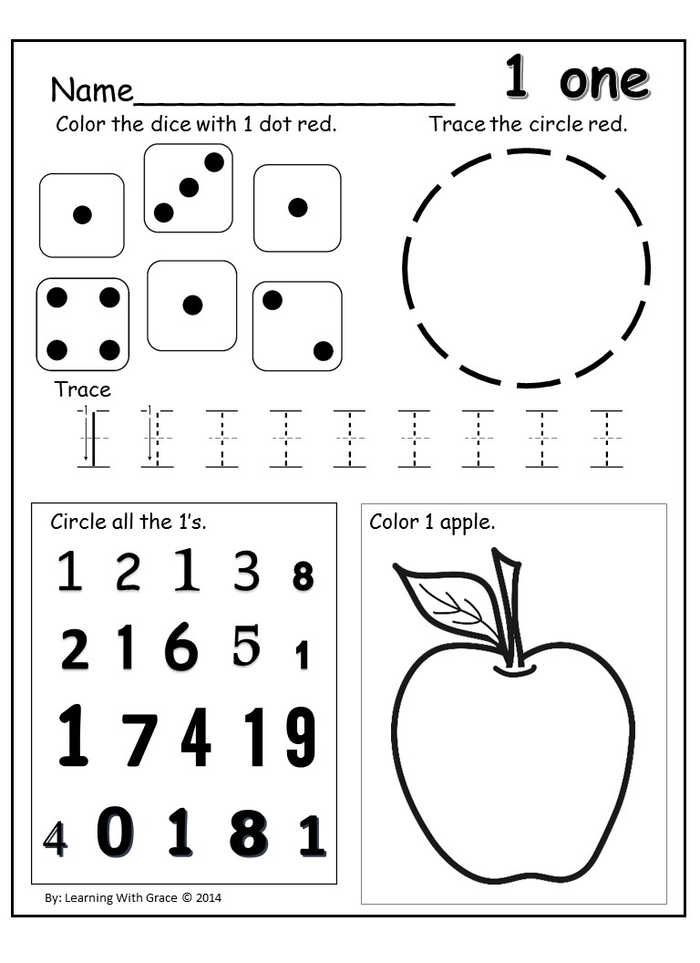 This was one of our favorite preschool math activities when my son was younger.
This was one of our favorite preschool math activities when my son was younger.
Math Activities for Preschool Math Centers
19. Make counting practice a game with this Race to Fill the Cup activity! This is a must-do when it comes to preschool math activities!
20. Finding shapes with I Spy Shape Glasses is a totally cool idea!
21. Counting and Measuring with LEGO is a fun way to work on counting, ordering and measuring numbers!
22. Take the learning outdoor with this super cool Pool Noodle Abacus!
23. This Button Counting Activity is a hands-on way for preschoolers to learn numbers and practice counting!
24. Work on fine motor skills and counting in this neat Counting beads on pipe cleaners activity!
25. Use clothespins to reinforce fine motor skills, colors and match numbers in this Hickory Dickory Dock Matching Clothespins activity!
26. This Printable Number Puzzle is a great way to work on a variety of ways to represent numbers.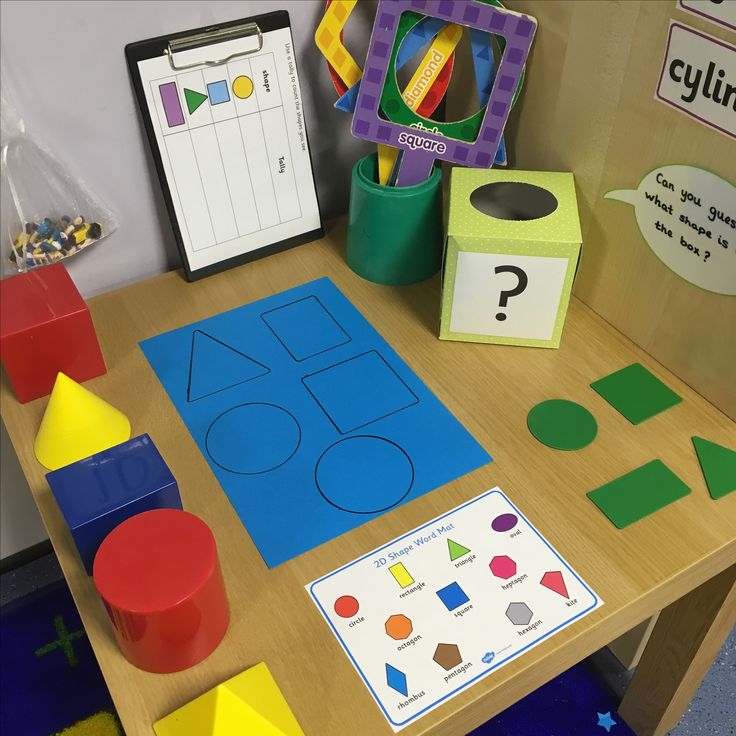
27. This Play Dough Math Invitation is open-ended and will keep preschoolers busy while learning a variety of math skills.
Even More Hands-On Math Activities for Preschoolers
28. These fun Farm Animal Rainbow Counters activity helps preschoolers learn to count and compare more or less!
29. Your kids will work on direction following, ordinal numbers and important vocabulary in this Matching Paths activity!
30. Your kids will have fun counting with this Ladybug Counting Busy Bag!
31. Counting Nature is a great way to work on counting and explore nature!
32. Your kids will have a ton of fun with Play Dough Addition.
33. Exploring Symmetry with Art is an awesome idea!
34. Use a Numbered Nature Tray to encourage number skill work while exploring nature!
35. This Play Dough Color Match Learning Activity is a fun way for kids to learn colors, matching, and sorting!
36. Your kids will love these 3 Counting Bear Activities for the Balance Scale!
37.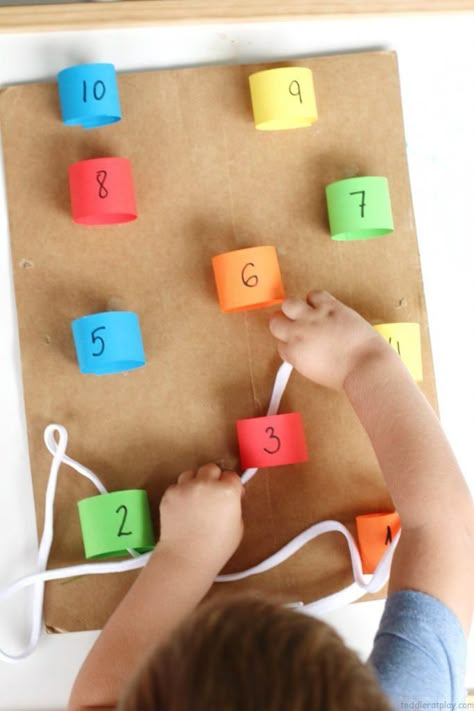 This Counting Math Game for Kids is great for practicing one-to-one correspondence!
This Counting Math Game for Kids is great for practicing one-to-one correspondence!
38. LEGO and Math combine in these LEGO Pattern Cards. A great activity to work on hands-on pattern building!
39. Counting Blocks While Building Towers is a fun way to learn with numbers!
40. These printable shapes are so inviting and are jam-packed with learning! You definitely have to add this to your list of preschool math activities to try with the kids!
Check out all of our other preschool math activities!
And because I LOVE combining literacy and math, here are 60 fantastic Math Picture Books for Preschool. Swap these in and out of your math center all year-long!
I hope this list will help you plan preschool math activities for the year ahead. I am really excited to do so many fun and engaging math activities with my kids this year!
I would love for you to share your favorite math activities for preschoolers in the comments!
Preschool mathematics
The role of mathematics in the development of preschool children
Definition 1
Preschool mathematics is one of the most powerful factors in the intellectual development of a preschool child, as well as the formation of his creative and cognitive abilities.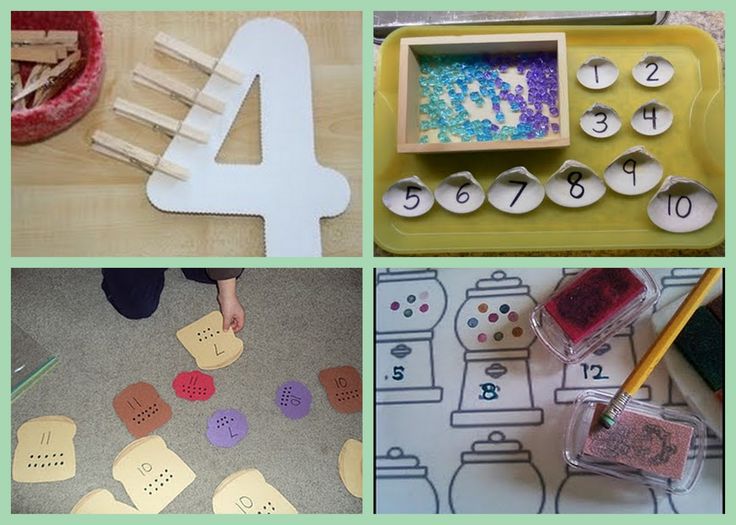
Mathematics is of great importance in the intellectual and mental development of a child during preschool childhood, the success of subsequent education in elementary school largely depends on it.
Mathematics in modern conditions is becoming more and more popular science, and its knowledge extends to almost all areas of human life. Mathematical knowledge is especially relevant in the period of continuous computerization.
Preschool mathematics has great potential in the development of children from a very young age.
Note 1
One of the main tasks of a modern preschool educational institution, in accordance with the Federal State Educational Standard, is the development of mathematical abilities in preschool children.
Mathematical development of preschool children is a qualitative change in the intellectual sphere of the personality of a preschool child, which occurs as a result of the formation of mathematical concepts and ideas.
The success of subsequent schooling depends on the quality of mathematical development in preschool educational institutions.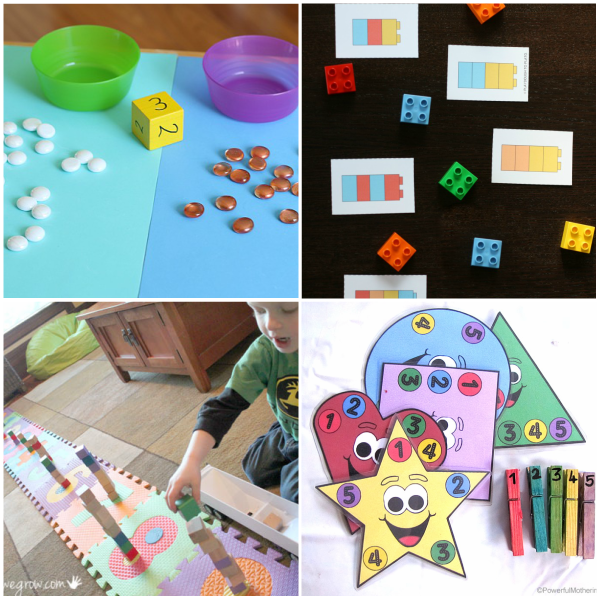 In this connection, one of the main tasks of the educator is not only the organization of classes in mathematics, but also the formation of children's interest in these classes, the desire to acquire new knowledge and skills. Mathematics classes must be made interesting, exciting, fun, educational and educational. In mathematics classes, all the abilities and areas of the child's activity should be involved.
In this connection, one of the main tasks of the educator is not only the organization of classes in mathematics, but also the formation of children's interest in these classes, the desire to acquire new knowledge and skills. Mathematics classes must be made interesting, exciting, fun, educational and educational. In mathematics classes, all the abilities and areas of the child's activity should be involved.
Modern requirements for the organization of the educational process in preschool educational institutions necessitate the development of new methods and means of organizing mathematics classes. The main forms of mathematical development in preschool educational institutions are classes in the formation of elementary mathematical representations (FEMP) and organized mathematical activities of children.
Conditions for the organization of classes in mathematics in the preschool educational institution
Conditions for the organization of classes in FEMP in the preschool educational institution:
-
Accompanying the teacher's speech with visual aids.
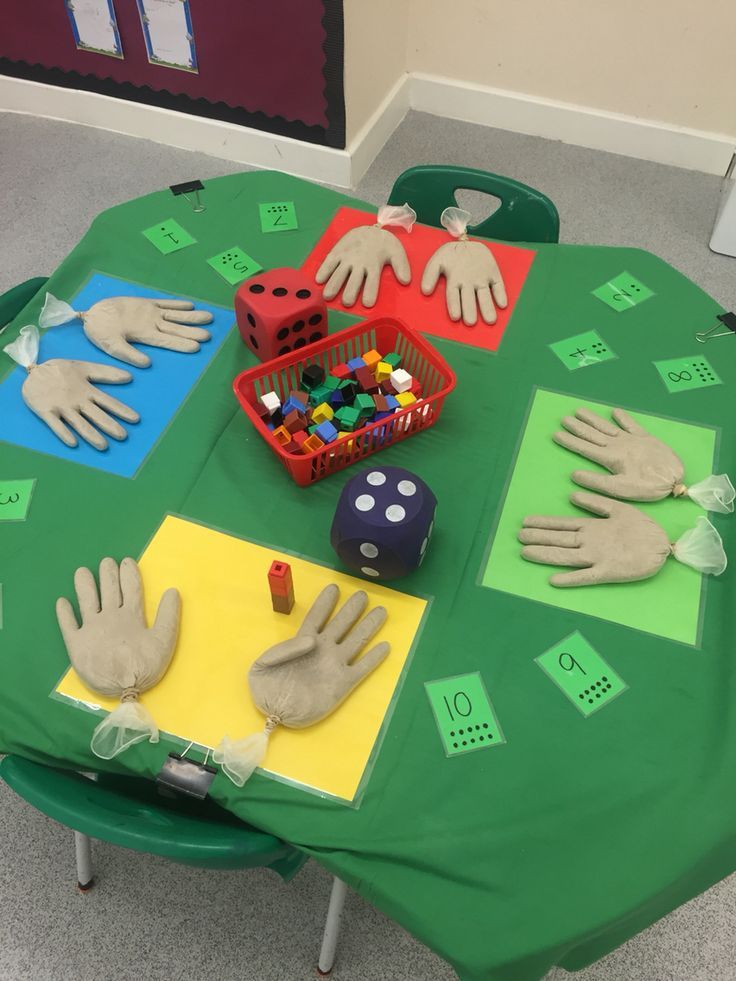 Visual material can be presented in the form of a poster that the teacher presents to the children, or in the form of handouts. It is important to carefully prepare for the lesson, to work out when and in what period the visual material will be presented to the children. It should be remembered that visual material is an accompaniment of the educational information presented, and not its replacement, that is, it should be given to children in doses.
Visual material can be presented in the form of a poster that the teacher presents to the children, or in the form of handouts. It is important to carefully prepare for the lesson, to work out when and in what period the visual material will be presented to the children. It should be remembered that visual material is an accompaniment of the educational information presented, and not its replacement, that is, it should be given to children in doses. -
Organization of an effective developmental environment, in accordance with GEF DO. The developing environment of a preschool educational institution, aimed at the comprehensive development of preschool children, including mathematical development, should be: transformable, content-saturated, transformable, accessible, variable and safe. The subject-developing environment of the group should have a reasonable saturation, include games and toys in accordance with the age of the children and the tasks that the educator set for solving in the educational process.
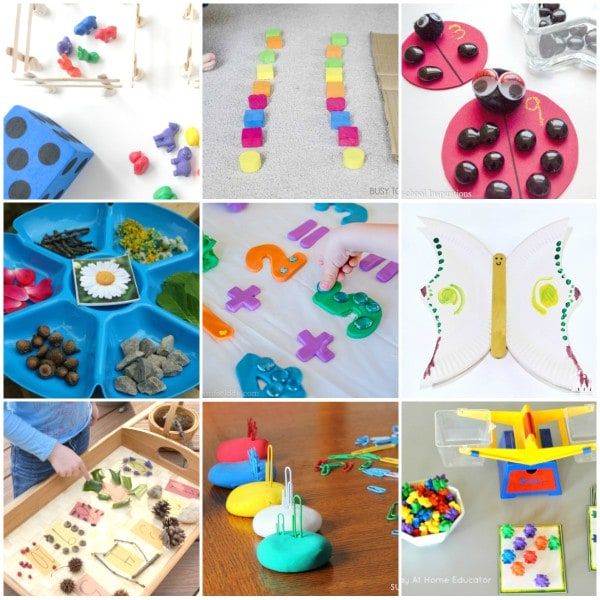
-
Organization of children's play activities with a mathematical direction. In the process of mathematical games, children learn to distinguish between various properties of objects (shape, size, etc.), their location in space and relative to other objects. Math games can be of different types. The most popular are didactic games, each of which has a specific goal of mathematical development. In addition to didactic games, outdoor games are used that teach children orientation in space relative to their body or other objects, introduce them to time, etc. Games can be organized by the teacher or by the children themselves as part of independent mathematical activities.
Thus, mathematics in the kindergarten is included in all areas and activities of the child, which has a positive impact on the mathematical development of preschool children.
Types and forms of organization of mathematical activities in preschool educational institutions
The organization of mathematical development in preschool educational institutions is not limited to one area of education, it is integrated with other types of children's activities.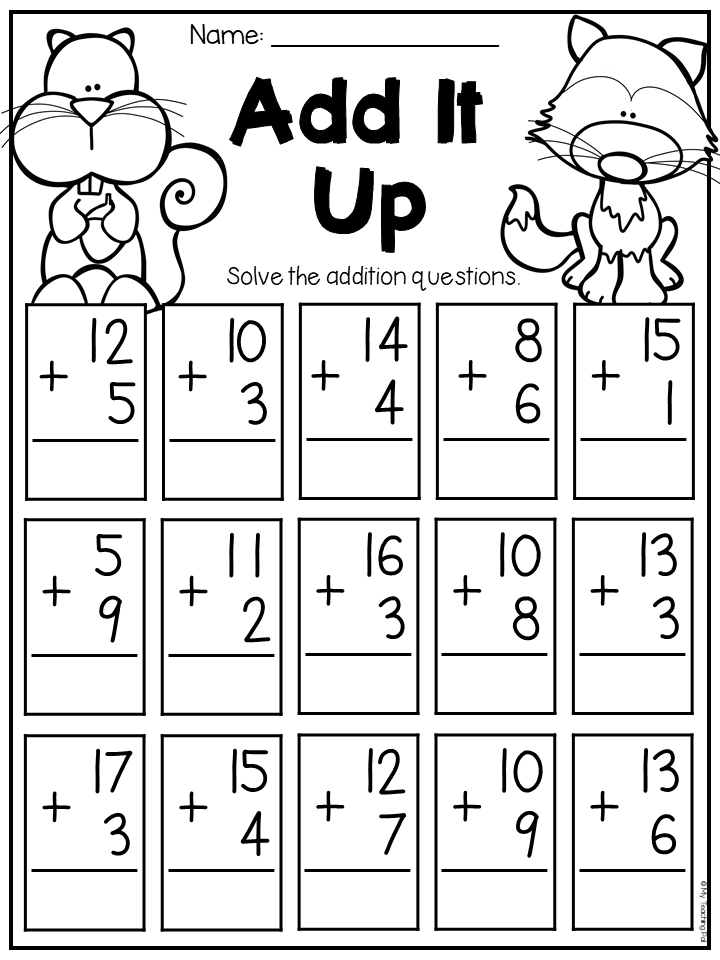 We can say that mathematics in kindergarten is everywhere.
We can say that mathematics in kindergarten is everywhere.
The main types and forms of organizing the mathematical development of preschool children:
-
Games are the leading activity of preschool children. Games aimed at the mathematical development of preschool children include: didactic, construction and plot-role-playing.
-
Creative productive activity is a type of activity that includes drawing, application and modeling. In the process of this type of activity, children get acquainted with geometric shapes, their properties and characteristics.
Mode moments. With the right approach, the mathematical development of children can be organized at any of the regime moments. For example, when preparing for a walk, the teacher asks the children to line up in pairs, count how many girls and boys, or how many pairs turned out. On a walk, you can discuss with the children what shape the clouds, trees, puddles on the paths, etc.
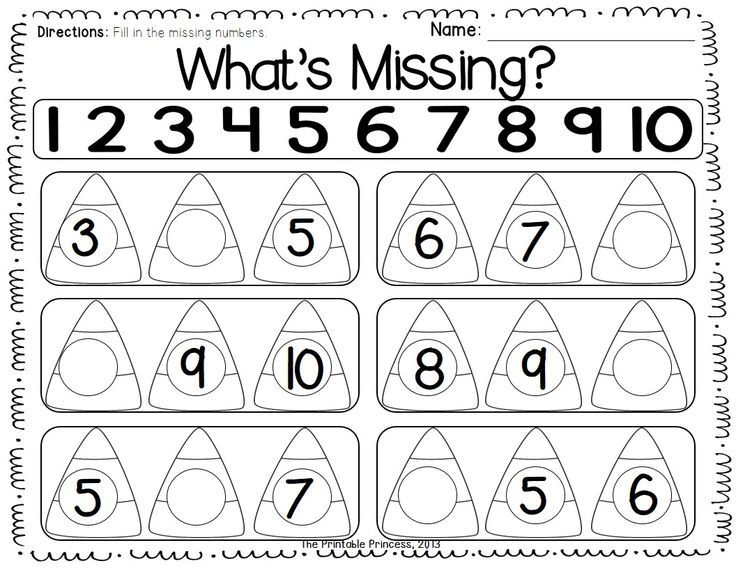 , get acquainted with the concepts of “far-close”, etc.
, get acquainted with the concepts of “far-close”, etc. -
Physical education classes. During these classes, children learn to build in one line, in two columns, in pairs, quantitative and ordinal counting. During the performance of tasks in physical culture, the ability to navigate in space and time is consolidated.
-
Classes to familiarize pupils with the outside world. Children learn to navigate in time. For example, when keeping a weather calendar, they learn days of the week, months, parts of the day, and so on. When caring for plants, flowers, buds, etc. are counted. Note the sequence of plant growth.
-
Individual classes with children - aimed at mastering the most complex and incomprehensible mathematical material for each individual child. Someone is not given an account, someone is not given time, etc. During individual lessons, the educator pays attention precisely to the difficulties of a particular child, and strives to help overcome them, in order to effectively master elementary mathematical knowledge.
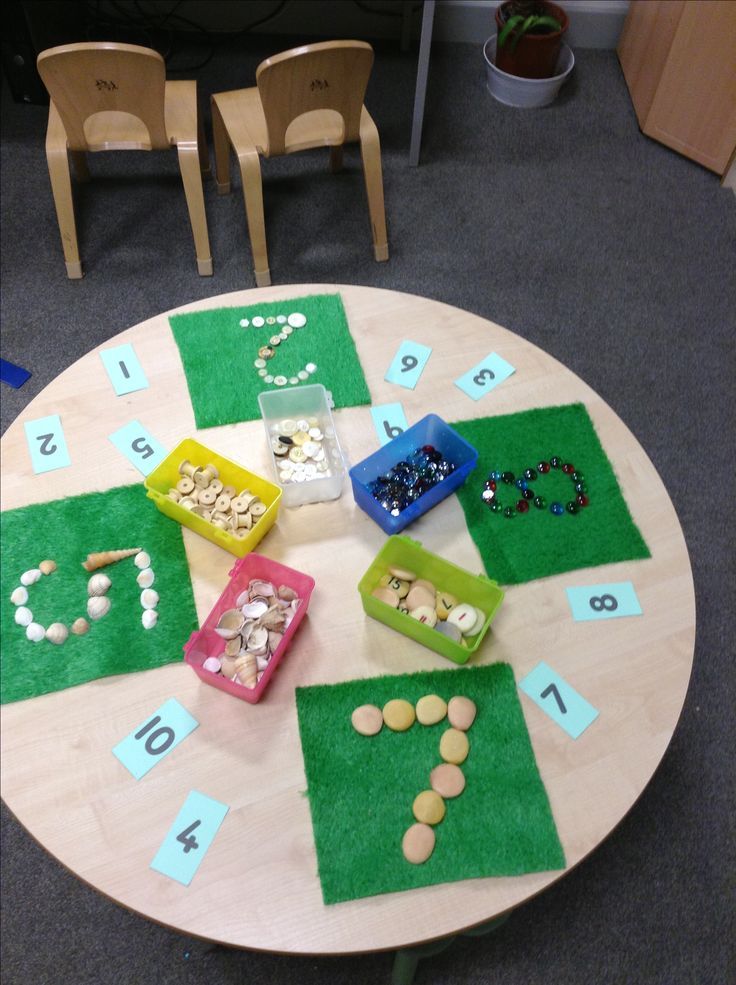
Mathematics and its importance in the development of preschool children
Even in early childhood, babies are faced with objects that differ in shape, color and quantity. At this age, the basic elementary ideas and abilities of the child begin to form. The first toys resemble geometric shapes: cubes, constructors, pyramids. The count begins with mom's questions: "Tell me, how old are you?". Parents of children are taught to name the shapes of toys, their size, quantity.
Through play activities, the ability to distinguish different properties and features of objects is formed. The baby is forming the first concept of mathematics, although he still does not know and is not aware of this. The consciousness of a child in early childhood is chaotic. Parents teach children to compare, group objects, call them by their proper names.
Through visual-objective actions - they help the child to remember what he heard on the basis of objective images.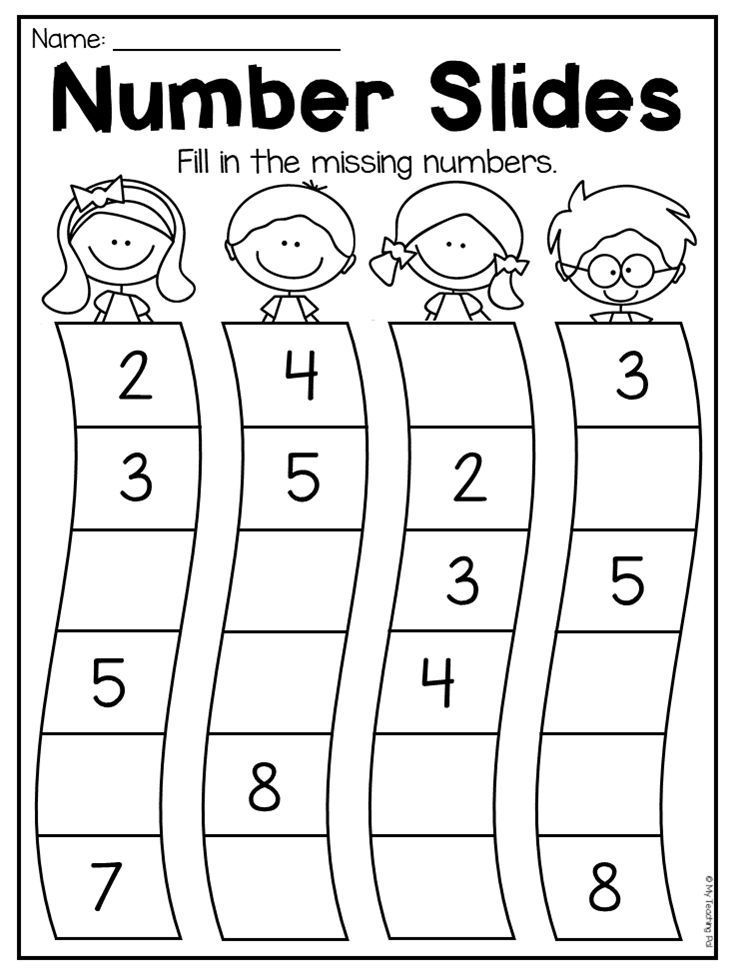 Before the age of three, the child already knows how to group objects according to their external features, color, shape. So, for example, a child can put green toys away from red ones, choose pencils from a pile of other objects and put them together, can add pyramids in size, in order of the pyramid rings.
Before the age of three, the child already knows how to group objects according to their external features, color, shape. So, for example, a child can put green toys away from red ones, choose pencils from a pile of other objects and put them together, can add pyramids in size, in order of the pyramid rings.
Being engaged with objects through game activity, the child compares them. This is where the first acquaintance with mathematics begins.
By the age of four, children can easily count up to five, and a little older up to ten, but they can also make mistakes in counting.
By the age of six, children already begin to understand when the numbers increase and when they decrease. That is why it is important to start systematic classes from kindergarten in order to increase the mental perception of the child.
In today's modern society, one of the requirements for preschool education is that children receive mathematical knowledge and elementary ideas in kindergarten.
Preschoolers in the course of their development receive the first elementary ideas about mathematics. The available methods and means of forming elementary mathematical representations are developed specifically for age categories, taking into account the gradual development of skills and abilities in preschoolers in this direction.
Mathematics is an independent educational subject and is designed to develop intellectual abilities depending on the natural potential of preschoolers. Its role in the development of elementary ideas in preschoolers is very great. In the course of such activities, the child develops and develops cognitive and personal abilities.
In the process of learning, through the means of mathematical classes, the child receives the first ideas about mathematical concepts.
Mathematics is one of the few disciplines that covers different aspects of the personality of children. In the process of forming elementary mathematical concepts and learning, preschoolers actively develop all cognitive processes: speech, thinking, memory, perception, and representation. This becomes effective if, when setting up classes, the frequency and sequence of the development of cognitive processes in a child are taken into account, depending on the psychophysical development of each child.
This becomes effective if, when setting up classes, the frequency and sequence of the development of cognitive processes in a child are taken into account, depending on the psychophysical development of each child.
If a child has not reached the age at which he is able to understand mathematical processes, then classes will not play any role for his consciousness. The possibilities of the child are determined by his psychology. In the modern world, innovative methods and means are increasingly included in the educational programs for preschoolers.
The abilities of each child depend on his individual psychological characteristics. Mathematical abilities cannot be innate, since only anatomical and physiological features of a person are innate. Mathematical is a special kind of abilities, they depend on the integral quality of the mind and develop in the process of mathematical activity.
A person's abilities can manifest themselves in various areas, and here, like everything else, mathematical abilities are revealed in the course of a preschooler's activities. The preschool age is considered the most favorable period for the development of abilities.
The preschool age is considered the most favorable period for the development of abilities.
An analysis of scientific research (A.M. Leushina, N.I. Nepomnyashchaya, A.A. Stolyar, etc.), pedagogical experience convinces us that rationally organized teaching of mathematics to preschool children ensures the overall mental development of children. (Rationally organized education is timely, appropriate for the age and interests of children.) At the same time, pedagogical guidance from an adult is important. Children acquire elementary knowledge about the multitude, number, size and shape of objects, learn to navigate in time and space. They master the account and measurements of linear and volumetric objects with the help of conditional and generally accepted measures, establish quantitative relationships between quantities, the whole and parts.
In recent years, such a concept as pre-mathematical preparation has been introduced into practice. Preparing the child and his cognitive world for the mathematical way of thinking. A variety of ways of forming the cognitive sphere allow you to prepare the child for the study of the subject - mathematics. When organizing classes, there is an impact on visual and logical thinking, memory, creative imagination, perception, voluntary attention of a preschooler.
A variety of ways of forming the cognitive sphere allow you to prepare the child for the study of the subject - mathematics. When organizing classes, there is an impact on visual and logical thinking, memory, creative imagination, perception, voluntary attention of a preschooler.
Children at preschool age observe and imitate adults, they observe every action and listen carefully to what the teacher says and this is an important property. Children should be taught to act independently, show and tell about their actions. Preschoolers should be encouraged to repeat after the teacher about the properties and qualities of objects. Games with children should contain mathematical actions.
Mathematics classes in kindergarten form the simplest types of practical and mental activities of children. Under the types of activity - in this case, methods of examination, counting, measurement - they understand the objective sequential actions that the child must perform in order to assimilate knowledge: element-by-element comparison of two sets, imposing measures, etc.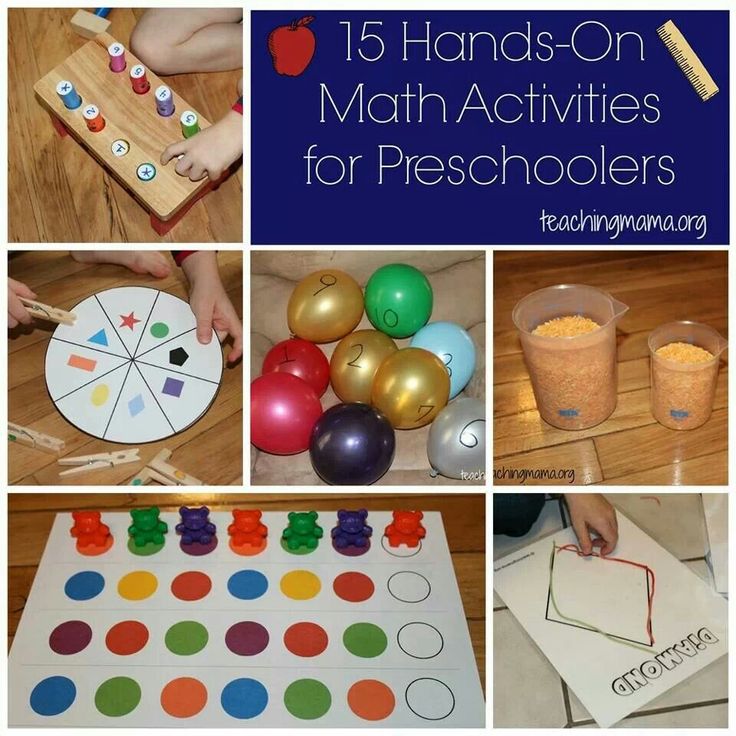 Mastering these actions, the child learns the purpose and methods of activity, as well as rules that ensure the formation of knowledge.
Mastering these actions, the child learns the purpose and methods of activity, as well as rules that ensure the formation of knowledge.
As a rule, educational tasks in the classroom are solved in combination with educational ones. So, the educator teaches children to be organized, independent, listen carefully, do the work efficiently and on time. This disciplines children, contributes to the formation of their focus, organization, responsibility. Thus, teaching children mathematics from an early age ensures their comprehensive development.
Naturally, the basis of knowledge is sensory development, acquired through experience and observation. In the process of sensory cognition, representations are formed - images of objects, their properties, relationships. So, operating with a variety of sets (objects, toys, pictures, geometric shapes), children learn to establish equality and inequality of sets, to call the number of words: “more”, “less”, “equally”.
Comparison of specific sets prepares children for the subsequent assimilation of the concept of number.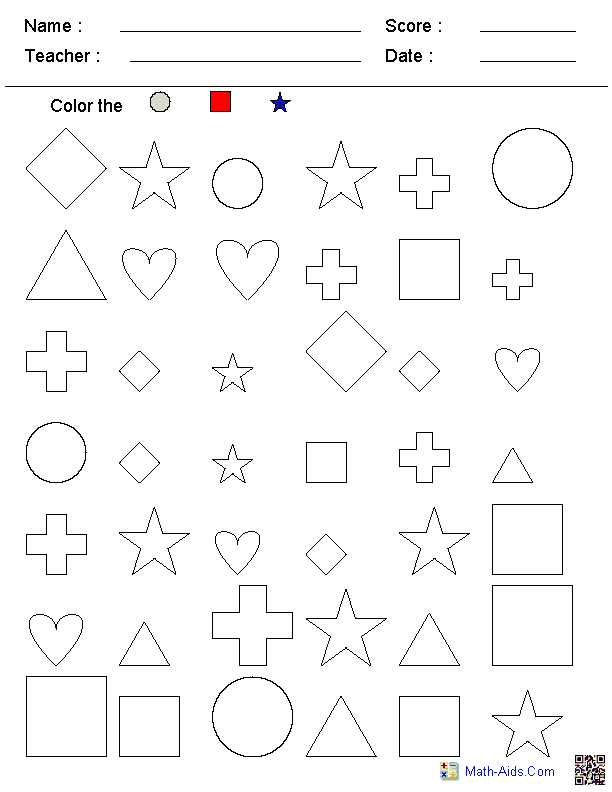 It is operations with sets that are the basis that children turn to not only in kindergarten, but also throughout the subsequent years of schooling. The idea of a set forms in children the basis for understanding an abstract number, the laws of a natural series of numbers. Although the concepts of a natural number, as well as a geometric figure, magnitude, part and whole are abstract, nevertheless they reflect the connections and relationships of objects in the surrounding reality.
It is operations with sets that are the basis that children turn to not only in kindergarten, but also throughout the subsequent years of schooling. The idea of a set forms in children the basis for understanding an abstract number, the laws of a natural series of numbers. Although the concepts of a natural number, as well as a geometric figure, magnitude, part and whole are abstract, nevertheless they reflect the connections and relationships of objects in the surrounding reality.
At the same time, preschoolers are taught to compare objects by size (size) and designate the results of the comparison with the corresponding words-concepts (“more - less”, “narrow - wide”, etc.), build rows of objects according to their size in ascending or decreasing order (large , small, even smaller, smallest). However, in order for the child to learn these concepts, it is necessary to form specific ideas in him, teach him to compare objects with each other, first directly - by superimposing, and then indirectly - with the help of measurement.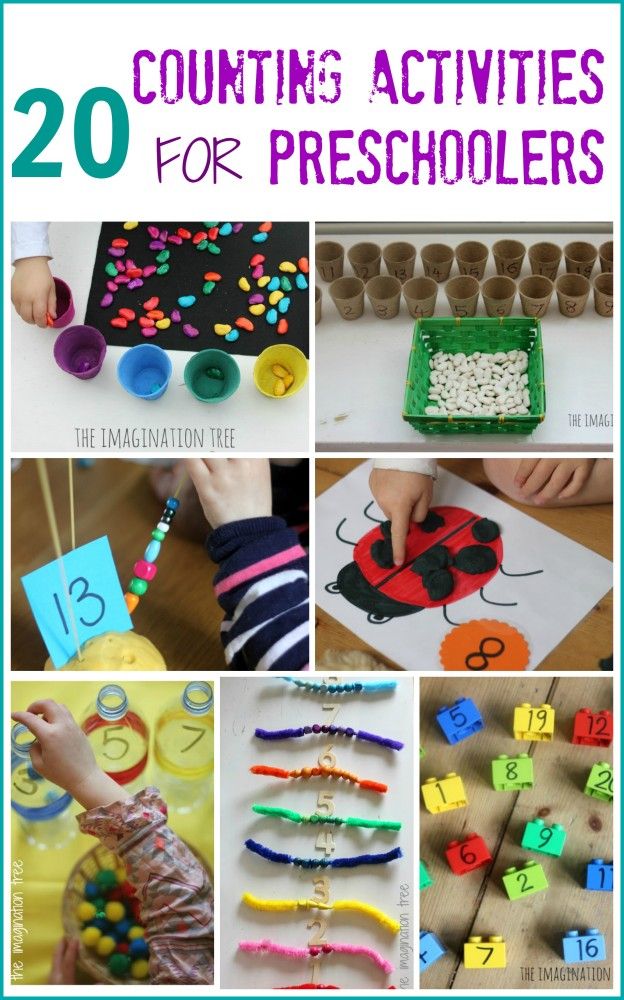
The central task of the mathematical development of children in kindergarten is learning to count. The main methods in this case are imposition and application, the mastery of which anticipates learning to count with the help of numeral words.
Preschool children are able to divide objects and name their parts, such as dividing an apple into slices or a pie. Preschoolers need to understand that a whole apple is bigger than a slice or half of an apple. Senior students must learn and understand that the number 7 is greater than six, but less than eight. By the end of the training period, preschoolers should be able to perform simple mathematical operations.
In the mathematical preparation of children, the development of elementary mathematical concepts, an important role is played by the teaching of measurement, as the initial way of knowing the quantitative characteristics of the environment. This makes it possible for preschoolers, first of all, to use not generally accepted, but conditional measures when measuring bulk, liquid substances and lengths.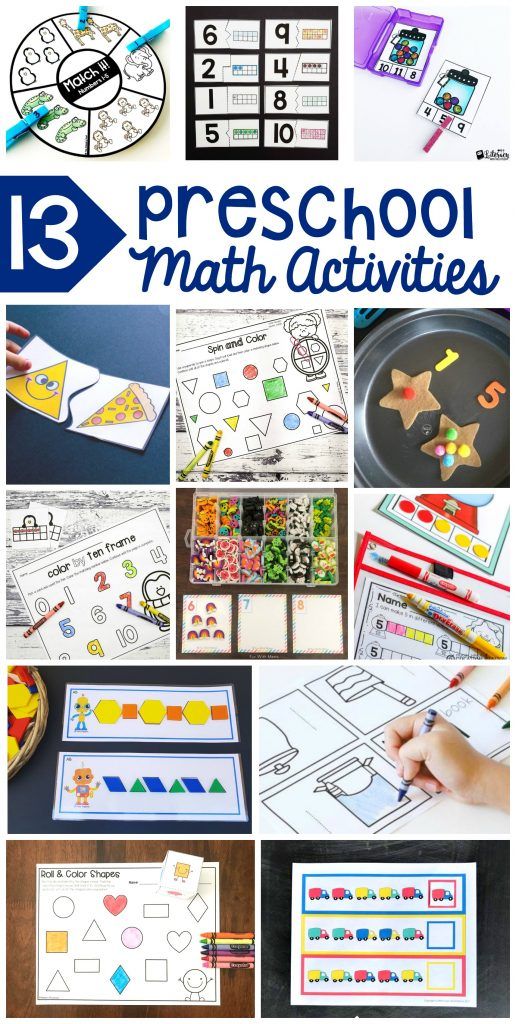 At the same time, children develop an eye, which is very important for their sensory development.
At the same time, children develop an eye, which is very important for their sensory development.
Kindergarten math program provides for the development of children's eye in determining the size of objects. To do this, they are trained to evaluate the size (size of objects) as a whole or by individual parameters, comparing with the size of known objects. Attention is drawn to the formation of the ability to check the correctness of the assessment in their practical activities, using additions, reductions, etc. Each practical action replenishes the knowledge of children with new content. It is proved that the formation of elementary mathematical knowledge occurs simultaneously with the development of their practical skills and abilities
Practical actions, while playing a certain role in the mathematical development of children, do not themselves remain unchanged. Thus, the activity associated with the account is changed. At first, it relies on a practical element-by-element comparison of two concrete sets, and later, a number as an indicator of the power of a set and a natural series of numbers acquires special significance, which subsequently replaces one of the concrete sets.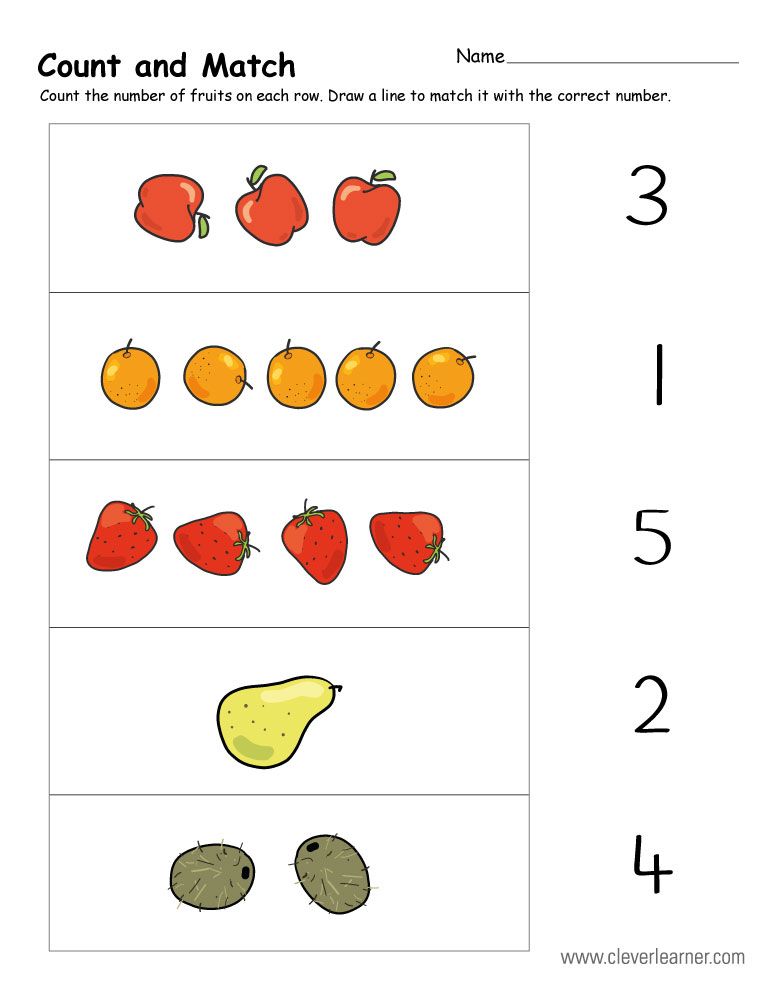
First, children take objects with their hands, shift them, and then count the objects without touching them, or perceive them only by touch.
On the basis of practical actions, children develop such mental operations as analysis, synthesis, comparison, generalization. The teacher should be guided in evaluating the results of his work, first of all, on these indicators, on how children are able to compare, analyze, generalize, and draw conclusions.
In the process of systematic teaching of mathematics, children master special terminology - the names of numbers, geometric shapes (circle, square, triangle, rhombus, etc.), elements of figures (side, top, base), etc. However, it is not recommended when working with children to use such words-terms as “natural rad”, “set”, “structure”, “elements of the set”, etc. Children should also master measured values: meter, centimeter, kilogram, gram, etc. At the same time, work is not limited to classes. They learn to find and compare objects in everyday life, on the street and in nature.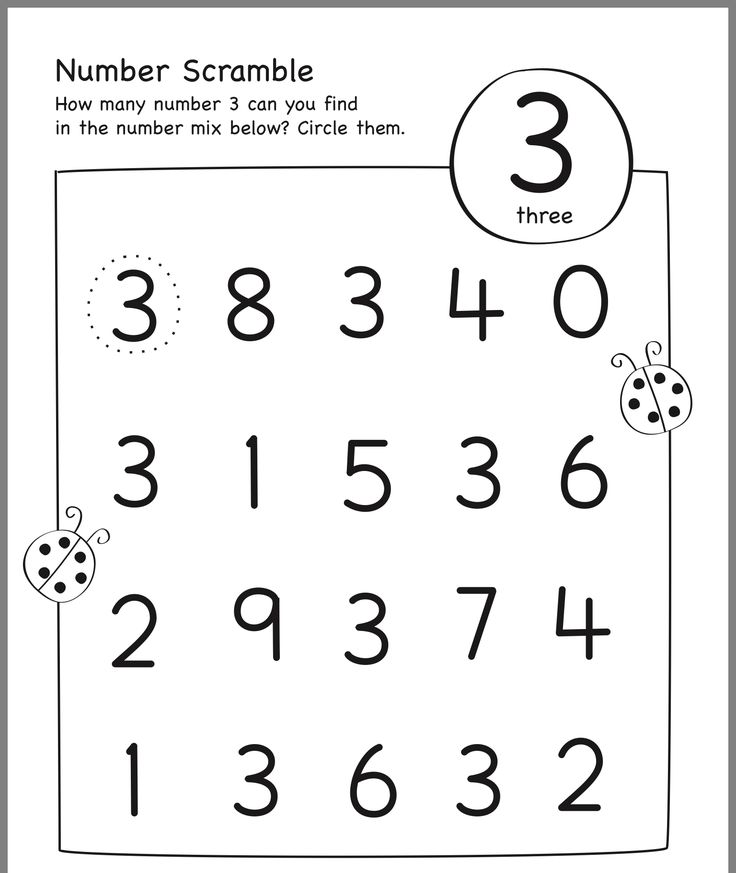 For example: three birch trees under the window.
For example: three birch trees under the window.
Shcherbakova E.I. among the tasks for the formation of elementary mathematical knowledge and the subsequent mathematical development of children, he singles out the main ones:
- the acquisition of knowledge about the set, number, size, shape, space and time as the foundations of mathematical development;
– formation of a broad initial orientation in the quantitative, spatial and temporal relations of the surrounding reality;
- formation of skills and abilities in counting, calculations, measurement, modeling, general educational skills;
- mastery of mathematical terminology;
- development of cognitive interests and abilities, logical thinking, general intellectual development of the child.
These tasks are most often solved by the teacher at the same time in each lesson in mathematics, as well as in the process of organizing various types of independent children's activities. Numerous psychological and pedagogical studies and advanced pedagogical experience in preschool institutions show that only properly organized children's activities and systematic training ensure the timely mathematical development of a preschooler.